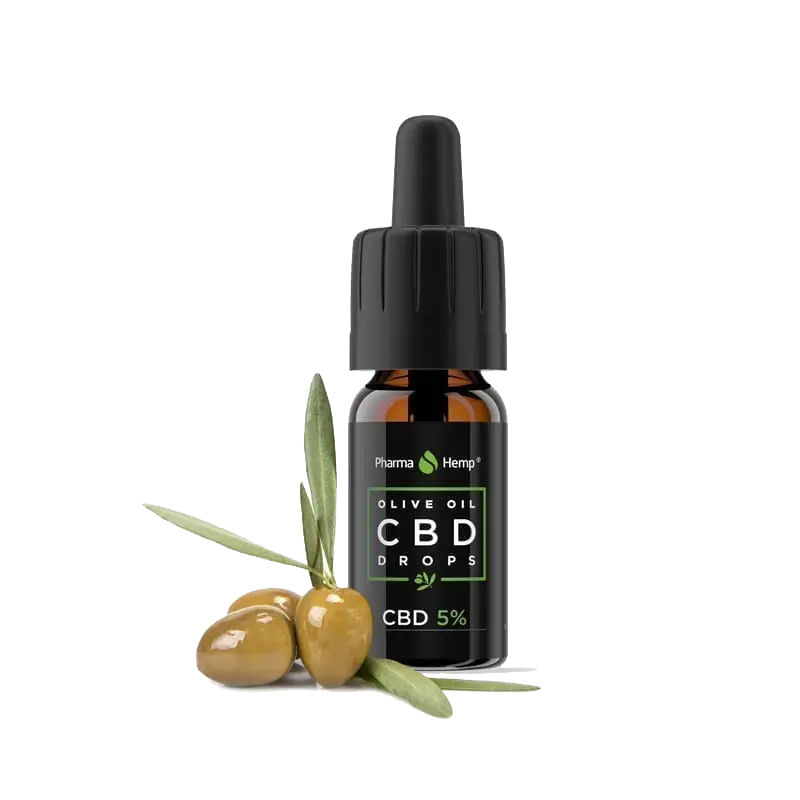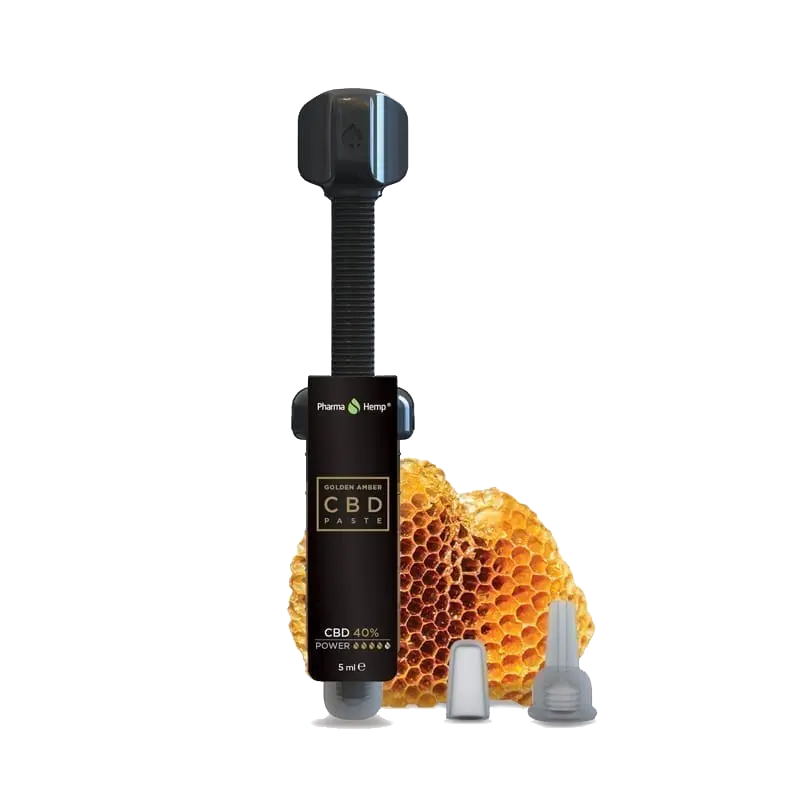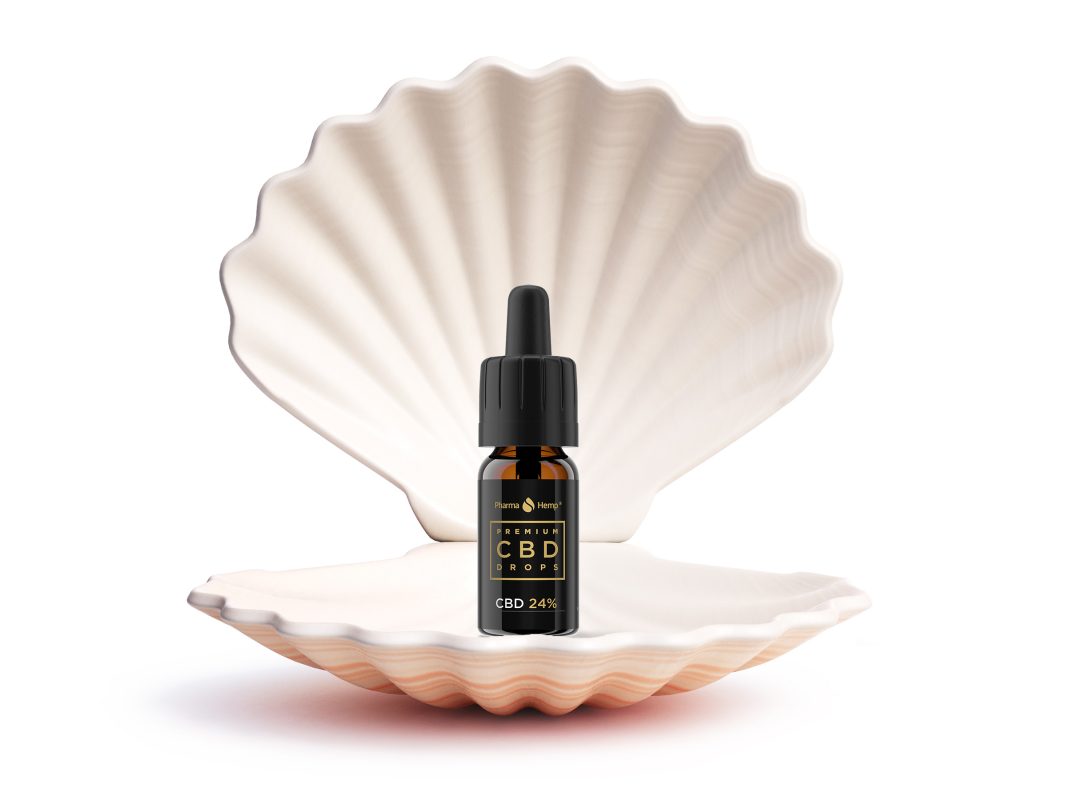FARMING
As wonderful as it is for the planet, it is also a challenge for farmers growing hemp for CBD extraction. The field on which the farmer seeds his hemp must be impeccable to allow hemp to be grown safely. Otherwise, there is always a chance that unwanted compounds might end up in the final product designed for human consumption. Although the cannabis plant (and some of its products) go by the name of “weed,” the plant certainly doesn’t grow as freely and easily as one. Hemp requires a high level of care and inspection, has to be grown under very strict conditions, and is subject to a lot of trial and error. The challenges don’t stop there. Harvesting is also a labor-intensive process. Workers can harvest the plants with a combine and combine harvesters are often prohibitively expensive for use on a new crop.
After harvesting comes drying, which also requires specific conditions—namely, large, sheltered spaces. Farmers need perfect conditions to complete the drying process properly. Otherwise, all the hemp can be destroyed. When it is not dried properly, certain molds can develop, which produce mycotoxins, substances that are hazardous to human health. Storing the crop appropriately can also be challenging. If it’s done wrong, it will increase the chances of various fungi and pathogens developing and transmitting to the end product.
When you consider all of the time, effort, and skill that goes into growing hemp, the price of CBD oil starts to make a bit more sense. Owning the right machinery or hiring enough workers to grow and harvest the hemp manually is costly, thus showing why CBD is so expensive.
EXTRACTION
The second important factor in the pricing of CBD is extraction. CBD extraction is not just squeezing the oil from the plant and putting it in a bottle ready to be sold. As the method of growing and harvesting hemp, the hemp-extracting process is actually very sophisticated and utilizes expensive, carefully calibrated machines. Processors extract CBD and other cannabinoids from hemp using two primary solutions, ethanol or supercritical carbon dioxide (CO2).
While the former is far cheaper than the two, CO2 extraction is the only way to get a clean, solvent-free product. It is a very expensive and complicated process. It allows you to control the temperature of the process and target specific cannabinoids. In this way, you can make products with higher concentrations of CBD, while still maintaining the full spectrum of cannabinoids.
What you get in a bottle of CBD oil is a highly refined product. Remember, CBD is one of many compounds found in hemp, and extracting it into a CBD concentrate is another delicate process that requires specialized skill and equipment.
DEVELOPMENT & GOOD PRACTICES
Another major factor is the development of the final product and its quality. A reputable company cannot just make CBD oil and put it up for sale. They engage in extensive research and development, abide by current good manufacturing practices (GMP), and enact stringent quality control and testing to create superior hemp products. All of which contribute to why CBD is so expensive.
These initiatives require the services of highly educated, experienced, and knowledgeable laboratory workers and extremely sophisticated equipment. Lab tests let producers keep a very close eye on the quality of their products before they ever leave the production facilities to be shipped to distributors or directly to customers.
Dedicated CBD manufacturers are often driven by an ethical mission that is just as important to them as their business mission. They believe in the power and value of quality CBD, and so their focus isn’t on producing large quantities of products as cheaply as possible. They invest in research and development, take care to adhere to all regulatory guidelines, and apply the strictest quality control to their CBD products. All of this has an impact on CBD oil prices.
What’s more, the people who perform the research, run the tests, check the product, and prepare it for distribution are all highly skilled workers with years of experience and training under their belts. The equipment they rely on is also sophisticated and therefore expensive.
Price differences might also arise due to better packaging. For example, amber glass containers are much more expensive than plastic bottles, but they are the only packaging solution able to protect the potency of your CBD oil.
DISTRIBUTION
Although the demand for CBD products continues to rise, the distribution end of these products remains small-scale. Health and supplement stores, major retail chains, and even online platforms such as Amazon refuse to sell or prohibit the selling of CBD. Such stores view the distribution of CBD products as a liability due to regulation or the misunderstanding of what CBD entails. In short, many retailers view CBD as a potential liability.
This barrier prevents widespread distribution. The buying power of large retail chains typically reduces distribution and shipping costs, which drives prices down for consumers.
CBD sellers also face limited marketing opportunities. Major search engines, social media sites, and broadcasting networks severely restrict or ban CBD advertising, which makes it difficult for responsible sellers to reach their intended audiences. This barrier causes CBD companies to find other, more labor-intensive avenues for marketing, which also provides context on why CBD is so expensive.
CONCLUSION
When it comes to CDB oil prices, the old adage is true: you get what you pay for. Right now, CBD is a high-value product with a price tag to match. That price tag reflects the effort and investment of untold individuals and institutions to grow, harvest, collect, refine, quality check, package, and distribute a product that delivers incredible amounts of value to its users in terms of enhanced health and well-being.
When buying CBD, the price should never be a deciding factor for you. Always check the background of the brand, how they manufacture and develop hemp, how they extract it, and last but not least, what kind of quality control they employ. Look for certificates, laboratory testing, and transparency.


 Slovenščina
Slovenščina Deutsch
Deutsch Español
Español





